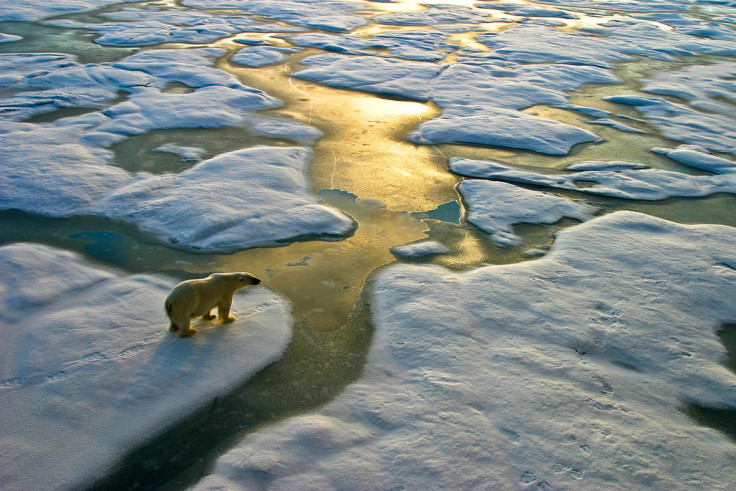How bad are global warming levels? Scientists predict we are unlikely to reach worst case scenarios
It is not bad news, but not good news either.

What will happen if greenhouse gasses double from their current levels? According to a study carried out by climate scientists, it will be bad, but will not reach the worst case scenario of unbearably high temperatures by the end of this century.
For that statement to make sense, one needs to consider first the "equilibrium climate sensitivity"(ECS). It is a metric, reports the Washington Post that describes how much the planet will warm if carbon dioxide levels were to double, and the Earth goes on to cope and stabilise to the new atmosphere; it is represented in degrees Celsius and shown as a range with higher and lower levels.
The study in question was carried out by Peter Cox and Mark Williams of the University of Exeter and Chris Huntingford of the United Kingdom's Centre for Ecology and Hydrology. The paper was first published in Nature.
A recent study by climate scientists has narrowed down the generally accepted ECS of between 1.5 and 4.5 degrees Celsius, with 3 degrees in the centre. "The problem is the low end sort of implies maybe you don't need to do much about climate change except adapt, and the high end implies it's kind of too late," said Peter Cox. This narrowing down of the ECS led the team to devise what they call the "emerging constraint".
This was done by making a comparison of high-powered climate change models with "currently observed elements of present climate", notes the report. Cox and his team then focussed on how much the climate varies year after year.
"What we did is look at how the variation from year to year, having taken out the long-term trend, was related to the sensitivity of the system, across all models," Cox said.
Calculations showed that the ECS fell between 2.2 and 3.4 degrees and the centre of this value was found to be 2.8 degrees Celsius, below the previous central value. This difference has narrowed out the uncertainty by 60 percent, say the researchers. "We think the likely range is 2.2 to 3.4, so that kind of very much downplays high climate sensitivities above 4, and low climate sensitivities below 2," said Cox.
Another finding in the study, the report notes, is that there is a less than 3% chance that ECS is lower than 1.5 degrees and that there is a less than one percent possibility that it exceeds 4.5 degrees (the UN method has placed this value at 4.3 degrees).
These published results seem to be in direct contradiction to a previous study, also published by Nature, which found ECS levels of 4.8 degrees Celsius with a 0.4 degree correction. This study's approach was to calculate the energy imbalances of the planet based on how much energy enters the Earth and the effect of clouds on this balance and how this will increase temperatures.
Carnegie Institute for Science's Patrick Brown and Ken Caldeira carried out that study where they also found that the planet's carbon budget as such is about 15 percent too low. WP reports that Brown and Caldeira are looking at the Cox findings to try and understand how they got such wildly different results.
Cox is also looking at the Brown and Caldeira results and he says that there are similarities in findings, "What we both do is say the low values are unlikely," he said. "We also think the high values are unlikely, they think they're likely."
"If this study is proved correct, it wouldn't change our best guess of what the future would look like under climate change — but it would make the worst-case scenario slightly less catastrophic," said Ben Sanderson, a climate expert at the National Center for Atmospheric Research.





















